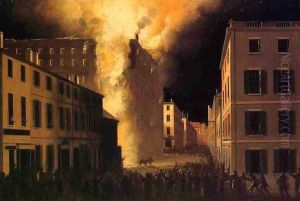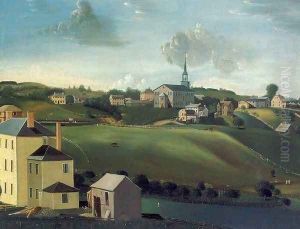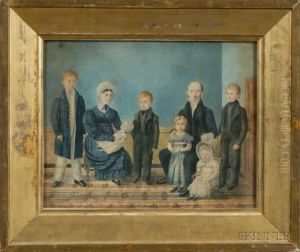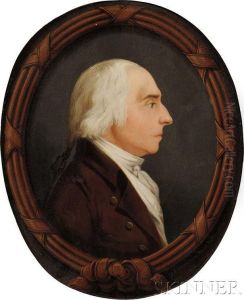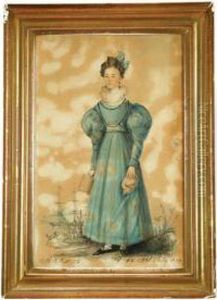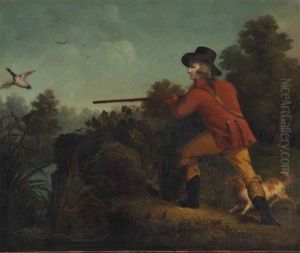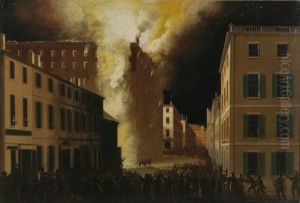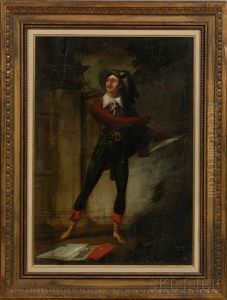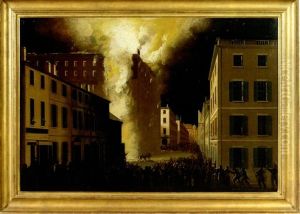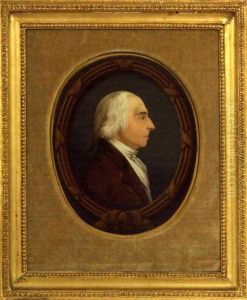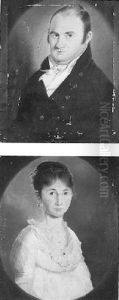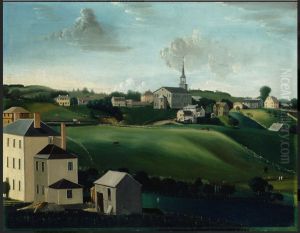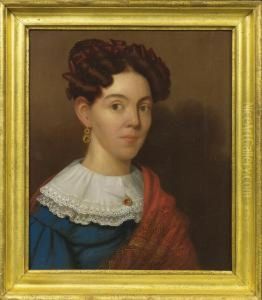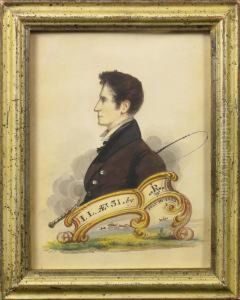John Ritto Penniman Paintings
John Ritto Penniman was an American artist born on April 17, 1782, in Milford, Massachusetts. He was one of the most talented ornamental painters of his time in New England. Not much is known about his early life before he emerged as an artist, but it is clear that he was active during the Federal Period, which was a time of great cultural and artistic development in the United States following the American Revolution.
Penniman's career began in earnest when he moved to Boston, where he found a thriving artistic community. He became a pupil of the notable American painter and engraver, John Ritto Penniman, known for his work in book illustrations, portraits, and landscapes. Under the guidance of Smibert, Penniman refined his skills in various art forms, but he is best remembered for his ornamental and decorative work, including fancy painting, gilding, and glazing.
Throughout his career, Penniman was known for his versatility and ability to work in different mediums and styles. He created portraits, landscapes, and historical scenes, but his specialty was ornamental painting. This included decorative work on furniture, timepieces, fire buckets, and Masonic regalia. His work was characterized by a meticulous attention to detail and a bright, vivid color palette. Penniman also produced a series of works that reflected the patriotic spirit of the time, often incorporating American symbols and themes.
Penniman's influence extended beyond his own works. He was a teacher and mentor to several other artists, including his brother James Penniman, who also became a distinguished ornamental painter. His legacy is not only in the works he created but also in the skills and artistic sensibilities he passed on to the next generation of American artists.
Unfortunately, details about Penniman's personal life are scarce, and much of his work went unrecorded or has been lost over time. He died on December 20, 1841, in Boston, Massachusetts. While not as widely known today as some of his contemporaries, Penniman's contributions to ornamental art and the cultural milieu of early 19th-century America continue to be appreciated by art historians and collectors.
